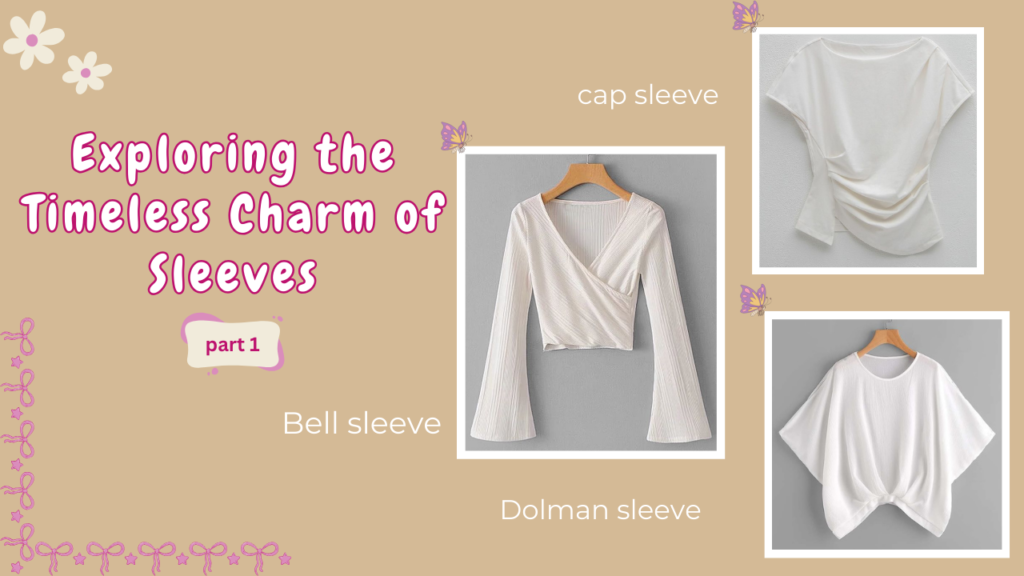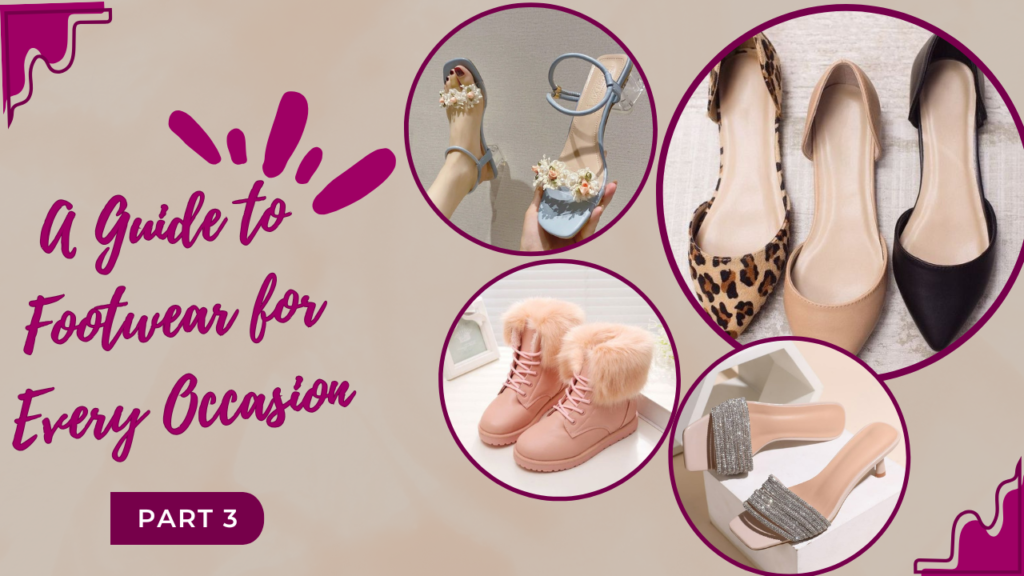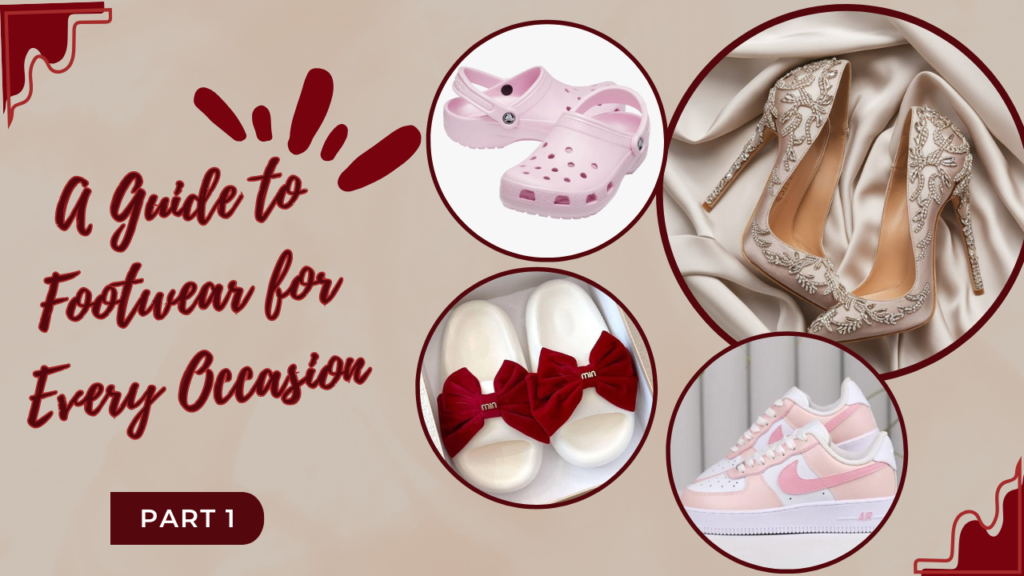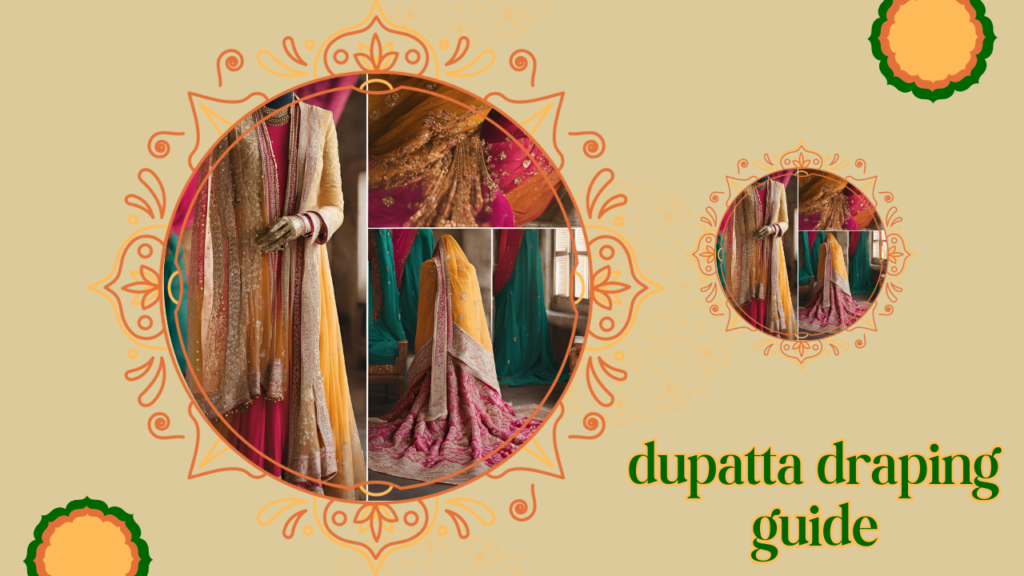The Ultimate Guide to Puff, Bishop, and Kimono Sleeves
The Ultimate Guide to Puff, Bishop, and Kimono Sleeves: Styling Tips and More Sleeves are more than just a functional part of a garment—they are a defining design feature that can completely transform an outfit. Among the many sleeve styles, puff sleeves, bishop sleeves, and kimono sleeves stand out for their elegance, volume, and timeless appeal. These sleeves add dimension, drama, and personality to any look, making them perfect for a variety of occasions. In this guide, we’ll explore the characteristics, history, and styling tips for each of these iconic sleeves, along with suggestions for wearing them with dresses to elevate your wardrobe. Puff Sleeves: Bold, Dramatic, and Playful What Are Puff Sleeves? Puff sleeves are defined by their voluminous, gathered design, typically starting at the shoulder and ballooning outward before cinching at the elbow or wrist. This sleeve style creates a bold, dramatic effect that draws attention to the shoulders, adding instant volume and structure to your look. History Puff sleeves have a long history, first making their mark in the Elizabethan era, where they were a symbol of wealth and opulence. They experienced a revival in the 1980s, during the era of bold, exaggerated fashion, and continue to be a popular choice for modern designs in both casual and formal wear. When to Wear Puff Sleeves Puff sleeves are perfect for occasions where you want to make a statement or add a playful, romantic touch. They work beautifully for weddings, cocktail parties, brunches, and any event where you want to bring a sense of drama and elegance to your outfit. Styling Tips with Dresses Casual Look: Pair a puff-sleeve dress with sandals or sneakers for a chic, casual day out. Opt for a short puff-sleeve dress in a light fabric like cotton for a breezy and comfortable feel. Formal Look: For a more formal occasion, a puff-sleeve midi dress in a luxe fabric such as satin or velvet can be paired with high heels and a clutch for an elegant, attention-grabbing look. Best For: Weddings, formal events, or a romantic evening. Puff sleeves are great for adding flair and creating a fashion-forward look. Bishop Sleeves: Elegant, Flowing, and Timeless What Are Bishop Sleeves? Bishop sleeves are long and flowing, gathered at the wrist with a cuff or band, creating a voluminous silhouette from the shoulder down. The fullness of the sleeve tapers down towards the wrist, resulting in an elegant, graceful effect. These sleeves are associated with a romantic, soft, and timeless aesthetic. History First popularized in the Victorian era, bishop sleeves were designed to provide both comfort and movement, with a sense of refinement. The design was named after the flowing robes worn by bishops, symbolizing both status and elegance. Today, bishop sleeves are embraced in both casual and formal styles, providing a touch of vintage charm. When to Wear Bishop Sleeves Bishop sleeves are perfect for both casual outings and formal events. Their elegance makes them ideal for weddings, garden parties, dinners, or anytime you want a soft, feminine look with plenty of movement. Styling Tips with Dresses Casual Look: A bishop-sleeve dress in a lightweight fabric like cotton or linen works wonderfully for a day at the park or a coffee date. Pair with flat sandals or ankle boots for a comfortable yet stylish outfit. Formal Look: For a more formal setting, a bishop-sleeve gown in a luxurious fabric like silk or chiffon creates an ethereal, romantic look. Pair with heels, a statement necklace, and soft waves for a timeless, elegant appearance. Best For: Romantic dinners, garden parties, or evening events. Bishop sleeves create a soft, graceful silhouette that works for both casual and formal occasions. Kimono Sleeves: Relaxed, Elegant, and Cultural What Are Kimono Sleeves? Kimono sleeves are inspired by traditional Japanese kimonos and are known for their wide, loose, and flowing design. Unlike other sleeve styles, kimono sleeves are usually cut from the same piece of fabric as the body of the garment, creating a unified, seamless look. The sleeves are typically wide at the shoulder and narrow towards the wrist, offering freedom of movement and comfort. History Kimono sleeves trace their origins back to ancient Japan, where they were an integral part of traditional kimono attire. The loose, flowing design of kimono sleeves symbolizes grace and ease. Today, this sleeve style is often incorporated into boho and ethereal fashion, adding a touch of cultural sophistication to modern designs. When to Wear Kimono Sleeves Kimono sleeves are versatile, perfect for casual wear, boho-inspired outfits, or formal settings. Their relaxed elegance makes them ideal for summer events, vacations, lounging, or any occasion where you want a flowing, comfortable look with cultural flair. Styling Tips with Dresses Casual Look: A kimono-sleeve dress in a relaxed, bohemian style pairs beautifully with flat sandals, wedges, or espadrilles. Choose a flowy, patterned kimono-sleeve dress for an effortless, chic day look. Boho Look: A kimono-sleeve maxi dress in a light, breathable fabric works perfectly for outdoor events, like music festivals or beach gatherings. Layer with accessories like statement jewelry, a wide-brimmed hat, and a belt to accentuate your waist. Best For: Casual outings, beach vacations, or boho-themed events. Kimono sleeves are perfect for creating an effortlessly chic look with a relaxed vibe. Comparing Puff, Bishop, and Kimono Sleeves While all three sleeve styles add distinct beauty to an outfit, here’s a quick comparison: Puff Sleeves: Dramatic and bold, these sleeves add volume and structure at the shoulder, perfect for making a statement or adding a romantic touch to any look. Bishop Sleeves: Soft and flowing, bishop sleeves create a graceful, romantic silhouette, ideal for elegant, feminine looks at both formal and casual events. Kimono Sleeves: Loose and relaxed, kimono sleeves offer comfort and cultural sophistication. They’re perfect for laid-back, boho-inspired outfits or more formal, flowing looks. Conclusion Puff, bishop, and kimono sleeves each offer something unique in terms of style, volume, and silhouette. Whether you’re looking for bold, dramatic volume (puff sleeves), soft, flowing elegance (bishop sleeves),







